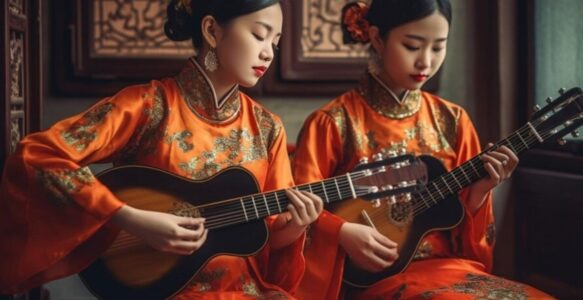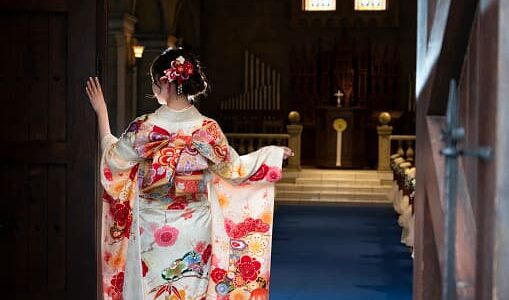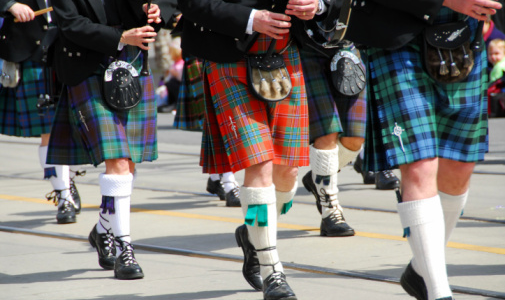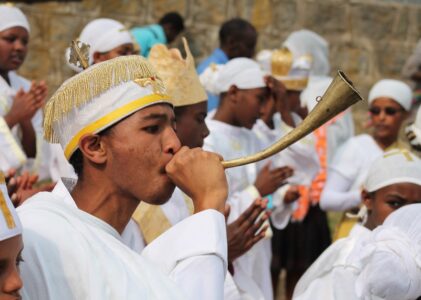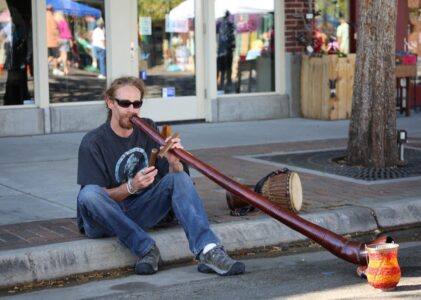Echoes of Ancient Melodies: A Journey Through the Rich History of Chinese Music
Chinese music, with its rich history and diverse genres, holds a significant place in the world of music. Spanning thousands of years, the ancient melodies and rhythms of Chinese music have left an indelible mark on both traditional and contemporary compositions. In this article, we embark on a journey through the captivating history of Chinese music, exploring its origins, evolution, cultural significance, and global impact. From the formative period to the modern era, we delve into the echoes of ancient melodies that continue to resonate today.
Formative Period: Unveiling the Origins of Chinese Music
Chinese music history traces its roots back to ancient times, steeped in legends and ancient rituals. According to Chinese writings, Emperor Huangdi sent Ling Lun, a scholar, to the western mountain area to cut bamboo pipes that could mimic the call of the fenghuang, the mythical bird symbolizing harmony. This symbolic birth of music, although dating back to 2697 BCE, sheds light on the early connection between music and the universe.
